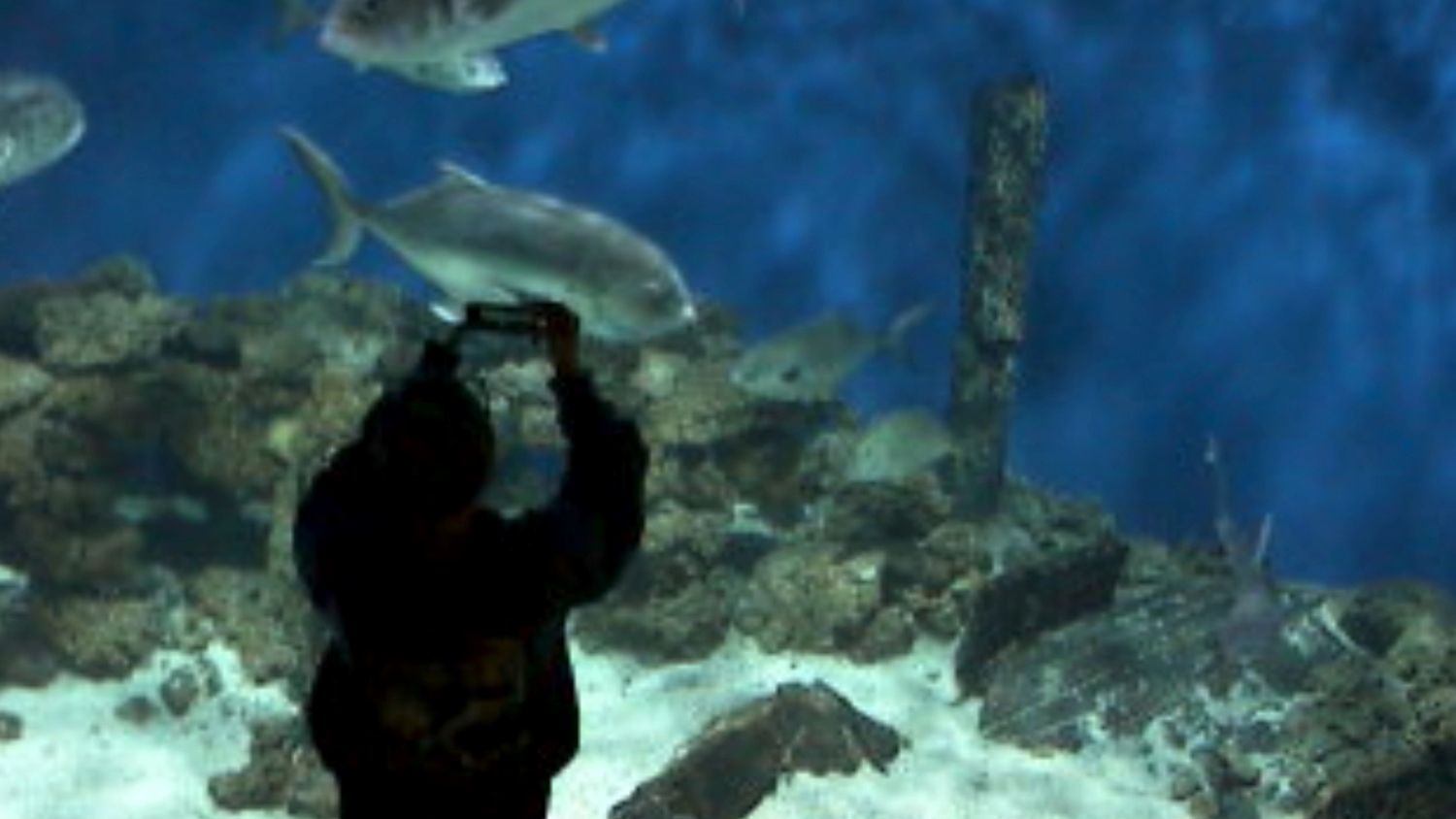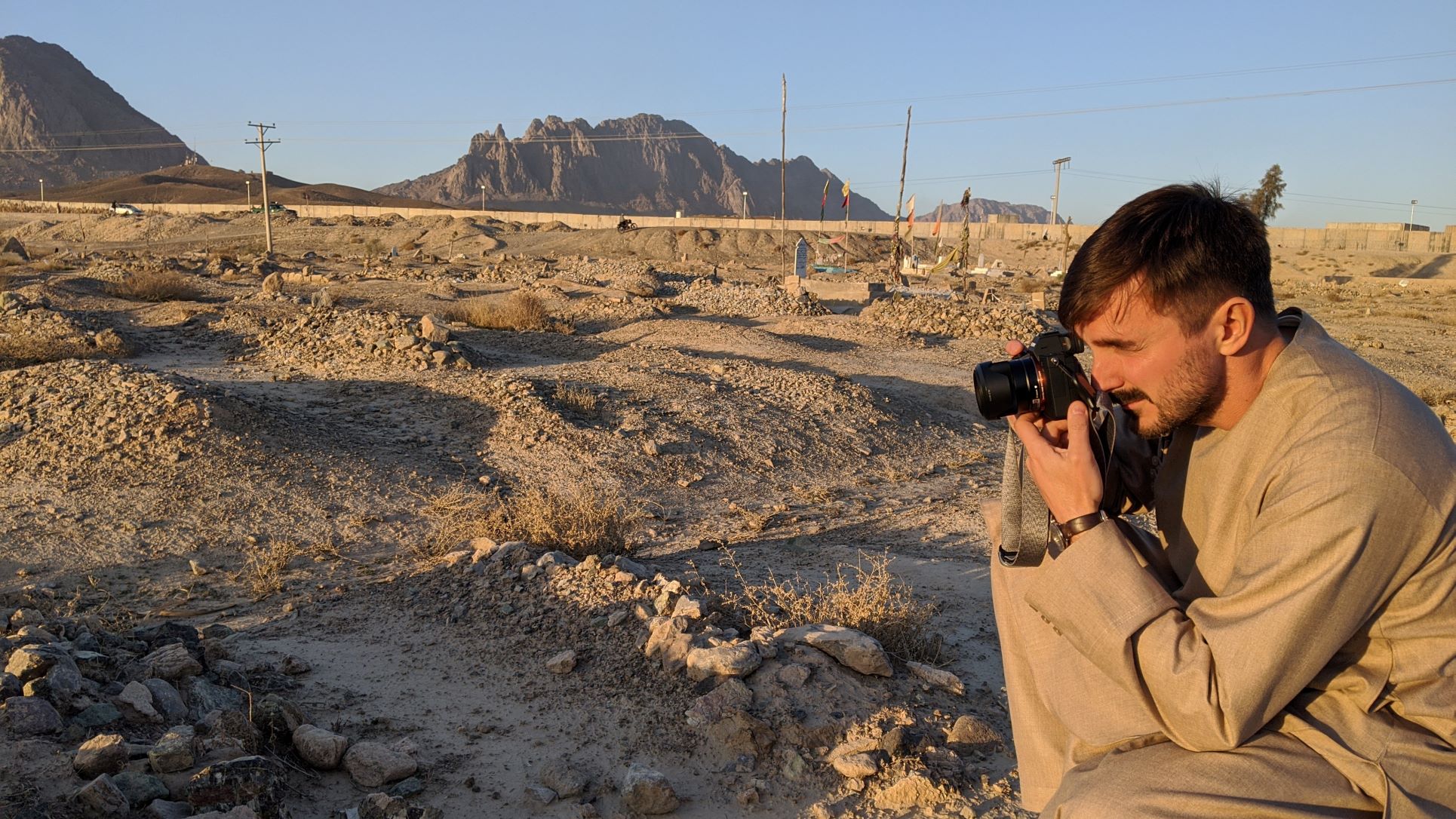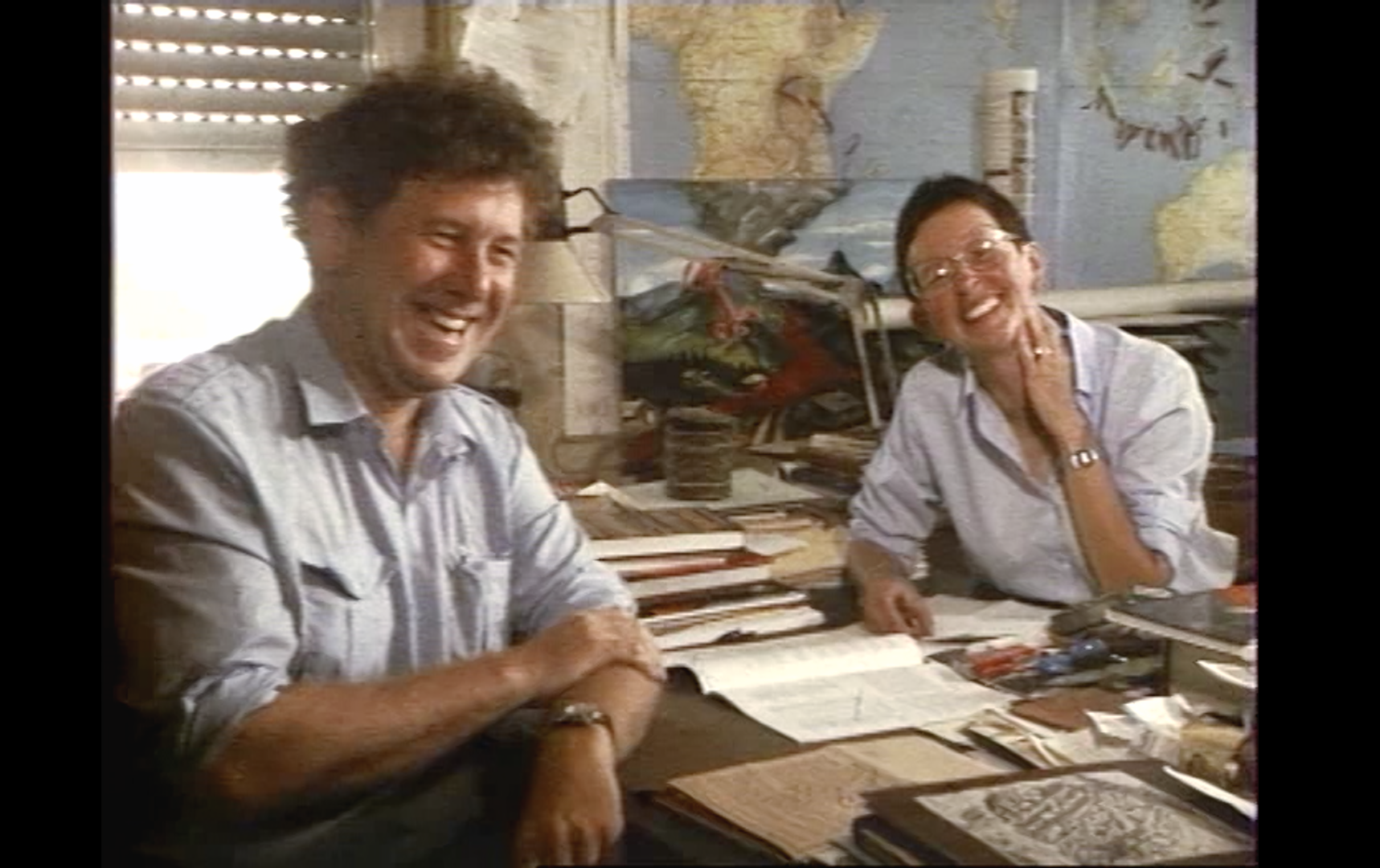Self-Portrait
(Canada, 67 min.)
Dir. Joële Walinga
Joële Walinga’s Self-Portrait is a curious film. Weaving together clips taken from surveillance cameras around the world without any narration or text, the sophomore feature from the God Straightens Legs director offers a symphonic narrative about what humankind creates on Earth and what we choose to ‘surveil’ via cameras. The result is just over an hour of observational footage from all over the globe as the seasons change during the course of (seemingly) one calendar year.
Self-Portrait begins in what looks like an outpost on either poles of the Earth. The dark depths of winter chill through the harsh winds and heaps of snow on mountainous terrain. As the film progresses, we experience spring’s thaw across wide landscapes and feel the warmth of summer on golf courses and beaches. Soon after, autumnal colours begin to fill the screen, we’re brought back to the decay of inter.
The film doesn’t contain any spoken narrative or written captions to explain where in the world we are or what year is observed in the footage. Self-Portrait tells its story through the grainy images and added sound design — what that story is though, is entirely up to the viewer.
Walinga and sound designer Ines Adriana created the soundscapes that accompany the silent videos, which offer an interesting layer of aural storytelling to the film. When we’re looking at an empty yard with patio furniture strewn about, the sounds of children playing can be heard. The visual of an apartment patio receives a story with the added audio of raised voices to our right. By adding the audio, Walinga and Adriana attach an imagined narrative to the footage and an acuity to the lives of the unseen people whose videos we are watching.
Probably the most pressing question with Self-Portrait is how and where did Walinga obtain this footage and the ability to use it in a film? Some of the videos are of businesses or public areas, and others appear to be backyards and patios of individuals.
Walinga’s Director’s Note states that the footage is from her personal collection, which has been gathered “with a strict respect for personal privacy.” I reached out to Walinga over email for further clarity on how she obtained the clips and she responded that they were taken from cameras that are accessible online and do not require a password. She also stressed that she took great care in respecting privacy with the majority of the film taken from public cameras capturing public places, with only a few appearing to belong to individuals.
Whether intentionally or not, beyond the artistry, Self-Portrait raises questions about technology and privacy. An individual who has set up a camera in their backyard for security purposes may assume a level of privacy of that footage. However, if they aren’t aware of how to encrypt their camera with a password (or aren’t aware that this is even necessary), their video can be accessed easily without their knowledge. Similarly, members of the public may enter a golf course aware that there are security cameras scattered around the premises. However, they may be unaware that the footage from these cameras can be viewed by anyone in the world–not just the golf course and their security provider—and used for any purposes.
Walinga notably takes great care to avoid showing recognizable individuals in her film. Self-Portrait is not meant to be a leering eye. It doesn’t feel voyeuristic in nature. Rather, the privacy questions the film raises add an extra dimension to Walinga’s work. Self-Portrait examines what humans have created on this planet and the film itself exemplifies one of recent modern history’s most significant creations: the loss of moments and spaces just for ourselves.
Walinga’s documentary is unlike a traditional film and would not be out of place as an installment in London’s Tate Modern or New York’s MOMA. There are many possible (and widely varying) interpretations to Self-Portrait, which in itself makes it a rather clever piece of work. Depending on where your mind takes you while viewing the film, Self-Portrait can be poetic, boring, odd, analytical commentary, and everything in between.













